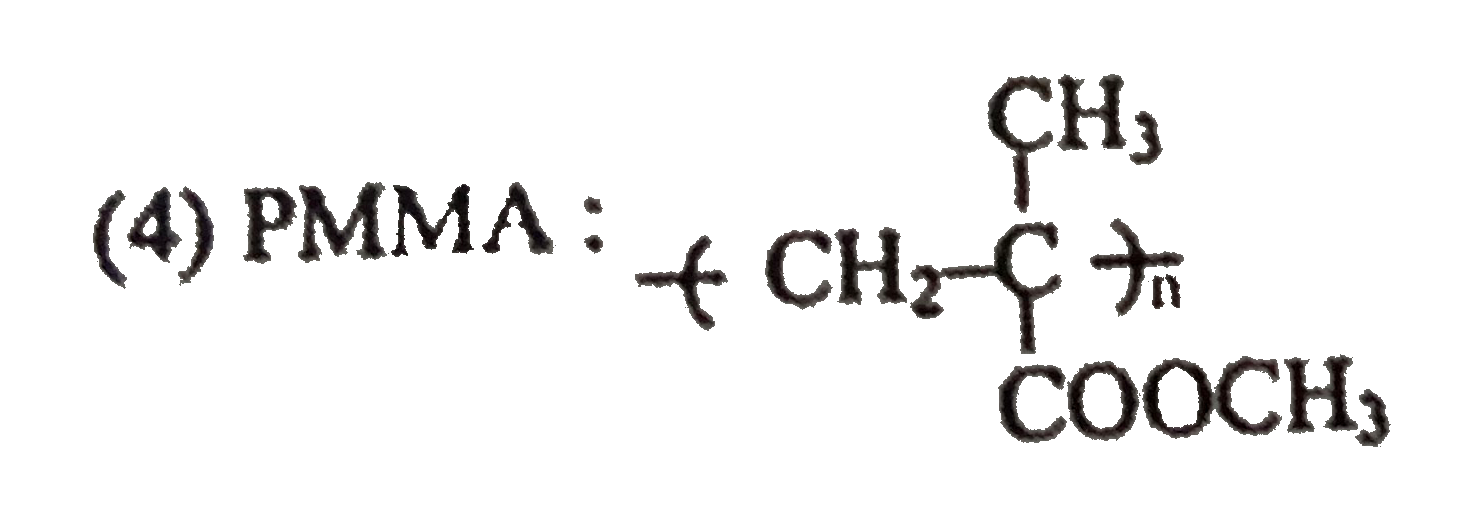Which of the following is not correctly matched?
Acidic oxides N2O5,SO2,ClO7
Basic oxides K2O,CaO , MgO
Neutal oxides CO2,CO,N2O
Amphotric oxides SnO,ZnO,Al2O3
The correct Answer is:C
To determine which of the following is not correctly matched, we need to analyze the options provided in the question. Based on the video transcript, we will evaluate each oxide type and its corresponding nature.
1. Identify the Types of Oxides:
- Acidic Oxides: These are typically non-metal oxides that react with water to form acids. Examples include CO2 (carbon dioxide), SO2 (sulfur dioxide), and N2O5 (dinitrogen pentoxide).
- Basic Oxides: These are metallic oxides that react with acids to form salts and water. Examples include oxides of metals like Na2O (sodium oxide), CaO (calcium oxide), and K2O (potassium oxide).
- Neutral Oxides: These do not exhibit acidic or basic properties. Examples include CO (carbon monoxide) and NO (nitric oxide).
- Amphoteric Oxides: These can react with both acids and bases. Examples include ZnO (zinc oxide) and Al2O3 (aluminum oxide).
2. Evaluate Each Option:
- Option 1: Acetic Oxide (Acidic Nature) - Correctly matched, as acetic oxide is indeed an acidic oxide.
- Option 2: Basic Oxide (e.g., Potassium Oxide) - Correctly matched, as potassium oxide is a basic oxide.
- Option 3: Neutral Oxide (e.g., CO) - This is where confusion arises. Carbon dioxide (CO2) is actually an acidic oxide, not a neutral oxide. Therefore, this option is not correctly matched.
- Option 4: Amphoteric Oxide (e.g., SnO) - Correctly matched, as SnO can react with both acids and bases.
3. Conclusion:
The option that is not correctly matched is Option 3, which states that CO2 is a neutral oxide. CO2 is an acidic oxide.
Final Answer:
Option 3: Neutral Oxide (CO2) is not correctly matched.
---
- Acidic Oxides: These are typically non-metal oxides that react with water to form acids. Examples include CO2 (carbon dioxide), SO2 (sulfur dioxide), and N2O5 (dinitrogen pentoxide).
- Basic Oxides: These are metallic oxides that react with acids to form salts and water. Examples include oxides of metals like Na2O (sodium oxide), CaO (calcium oxide), and K2O (potassium oxide).
- Neutral Oxides: These do not exhibit acidic or basic properties. Examples include CO (carbon monoxide) and NO (nitric oxide).
- Amphoteric Oxides: These can react with both acids and bases. Examples include ZnO (zinc oxide) and Al2O3 (aluminum oxide).
- Option 1: Acetic Oxide (Acidic Nature) - Correctly matched, as acetic oxide is indeed an acidic oxide.
- Option 2: Basic Oxide (e.g., Potassium Oxide) - Correctly matched, as potassium oxide is a basic oxide.
- Option 3: Neutral Oxide (e.g., CO) - This is where confusion arises. Carbon dioxide (CO2) is actually an acidic oxide, not a neutral oxide. Therefore, this option is not correctly matched.
- Option 4: Amphoteric Oxide (e.g., SnO) - Correctly matched, as SnO can react with both acids and bases.
The option that is not correctly matched is Option 3, which states that CO2 is a neutral oxide. CO2 is an acidic oxide.
Option 3: Neutral Oxide (CO2) is not correctly matched.
Topper's Solved these Questions
Similar Questions
Knowledge Check
Which if the following is not correctly matched
AGreen revolution AgricultureBWhite revolution - DairyCBlue Revolution - Fisheries (DRed revolution - WoolWhich of the following in not correctly matched ?
A B
B C
C D
D
Which of the following in not correctly matched ?
Agregarious pest-locusta (locust)BLiving fossil-Limulus (king crab)CEconomically important insects -Apis (honeybee), Bombyx (sillkworm)DVectors-Mosquitoes (Anopheles, Culex and aedes and lac insect (Laccifer)
Which of the following is/are correctly matched?
View SolutionWhich of the following is/are correctly matched ?
View SolutionWhich of the following is / are correctly matched ?
View SolutionWhich of the following is/are correctly matched ?
View SolutionWhich of the following is/are correctly matched ?
View Solution